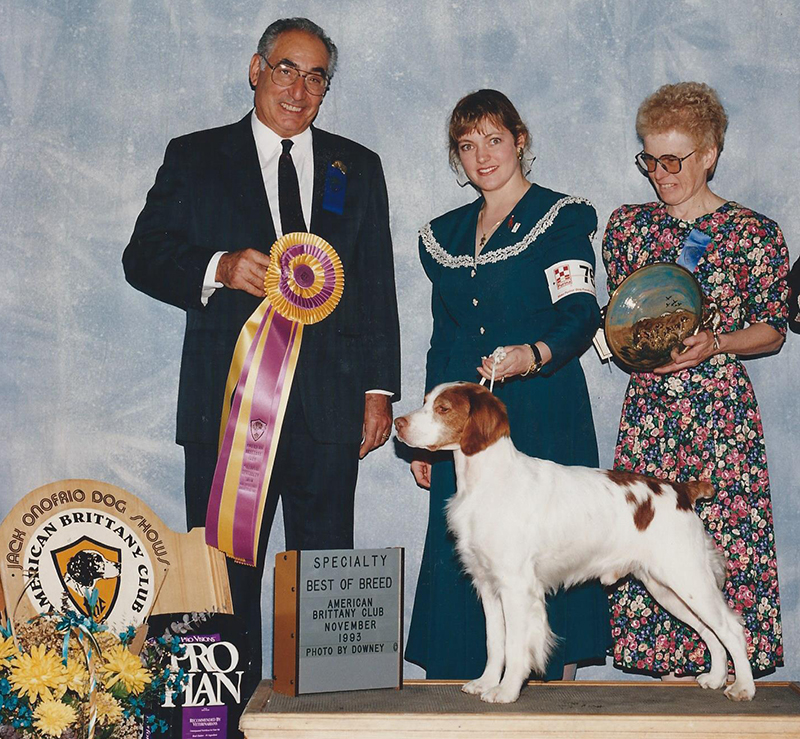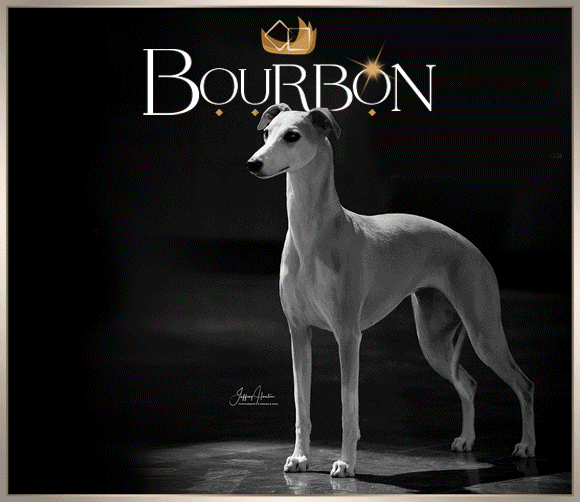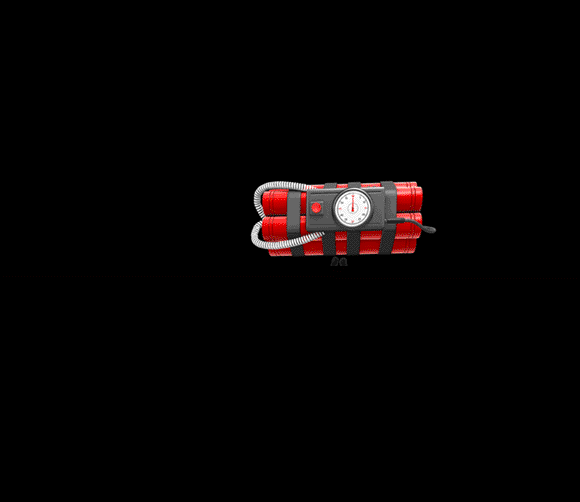The Anatomy of Movement
By Dr. Quentin N. LaHam
EDITOR’S NOTE: Dr. Quentin LaHam was a noted teacher and lecturer in the field of canine structure, movement and function. He and his wife, Betsy, were very popular judges of multiple groups in the ‘80s and ‘90s. He wrote numerous articles for The Canine Chronicle regarding the state of the industry. We thought we would share this one with you. This article may be more poignant today than it was when he wrote it.
Preface
It has been my experience over more than forty years of presenting seminars and clinics on canine anatomy and movement, meeting breeders and exhibitors, and judging dogs that most of us involved in the sport conscientiously strive to improve our chosen breeds, exhibit them well and judge them to the best of our ability. It is little wonder then that all of the participants are eager for information that gives them a more subtle and complete understanding of their animals.
During and after my seminars and clinics many have expressed to me how difficult, even frustrating, it has been trying to obtain the education they desire. While this is a most unfortunate fact, I think the reasons for it are not difficult to understand.
It is my opinion that our inability to acquire more knowledge is directly related to the burgeoning of our sport. One only has to look at the number of purebred dogs registered with the American Kennel Club at the end of World War II to the present to see how many times these numbers have doubled and redoubled from 296,978 in 1945 to 1,422,559 in 1993. The same is true for the number of shows and trials. In 1946 there were 254 Shows and 46 Independent Obedience Trials and 168 Field Trials. Where dog show entries were numbered in the few hundreds, now they commonly number in the thousands; where there were a few well-established kennels in breeds, now there are hundreds of less experienced breeders active in most breeds. You cannot increase the number of dog events unless you have persons to exhibit and to judge them. Thus, we went very rapidly from a limited number of truly professional breeders, handlers and more experienced judges to a much larger number of them. The result is not unlike what happens in the military when one compares the number of officers and non-commissioned officers needed in peace time with what happens in a state of war. Thus, it follows that some of our handlers and judges have a more limited background than may be considered ideal and have to learn under fire instead of in training exercises. A sad commentary is that the American Kennel Club finally had to act to force many clubs to offer Sanctioned Matches and to show proof of providing some form of education to its membership and/or the general public. Were that it could do more as too many clubs have taken too lightly their responsibility to educate their members. Fortunately, others continually offer educational programs and seminars.
Lest I be accused of over-generalizing, let it be clear that some with lesser experience have proven to be good breeders, judges and handlers despite their shorter time and experience due to their innate ability, but it is a rare gift.
As a result of some of what has been stated above, we have witnessed the rapid demise of the benched shows much to the pleasure of most current exhibitors and as a practical necessity for most show giving clubs. Today, there are only a handful left in the United States and almost none in Canada. Although it may be necessary, it is to some of us an unfortunate necessity for the benching days were school days. As we had no other choice, we talked to one another; visiting other benches learning about other breeds, breeding programs, successes and failures, attributes and problems from outstanding breeders and handlers. Today it is like saying since we are so overwhelmed with pupils that rather than building more schools, we’ll progressively close the ones we have! I can say, with nostalgia, that there were days when I would have given almost anything not to be benched but by the same token, I remember with a warm glow, like a fine cognac, some of the great conversations and friendships established in those dear old golden school days.
As lifestyles have changed so too has the role of dogs in our lives. Man’s best friend, to most of us, is a loyal companion who gives us so much love, devotion, joy, protection and finally heartbreak when an all too short life comes to an end. No longer do many of our Herding dogs herd, our Nordic breeds go in harness, our Terriers go to ground, our Sporting dogs and Hounds give chase, flush, point and retrieve, nor do our Bulldogs bait, our Poodles retrieve, on goes the list.
Happily, since I started writing this book, there has been a revival of interest among breeders to determine whether their dogs have retained their basic instincts and desire to work. We are seeing an increasing number of working trials of all types taking place in conjunction with Specialty Shows or as independent events and they are rightfully receiving the enthusiastic support of the governing bodies. May they continue to flourish for they are a welcome beacon upon a scene which has been dominated for too many decades by many only interested in the external appearance of their dogs rather than with the underlying structure and character so necessary for utility and purpose.
From our dog’s wolf ancestry, down through the ages, mankind has intervened to develop the many breeds and breed types within breeds. That intervention assures that dog evolution continues at a far more rapid rate than would ever occur in nature where genetic change is always a very slow process.
Since we choose to play God it behooves us to learn all we possibly can, not just about our breed, but about all dogs and it is time we start questioning what we hear and take a critical view of what we read. There are too many misconceptions rampant in our sport and there is too much misinformation disseminated, albeit often innocently.
So, I beg of you, starting with this book adopt the attitude of the “Show Me State” and to everything you are told and to everything you read say – Show Me or Prove It.
In the final analysis the truth can come only from the dogs themselves so let us pose our questions to them, then watch and observe what they do and how they do it – only then will we find the correct answers.
Next month we get down to the basics with a discussion of the Skeletal System, the foundation of every dog.
Short URL: http://caninechronicle.com/?p=181810














